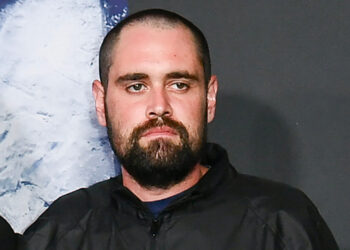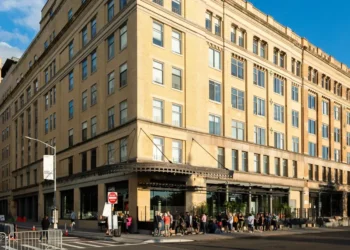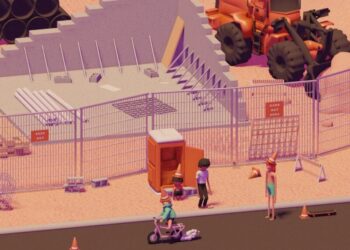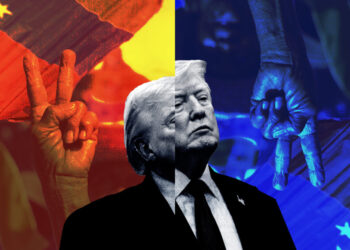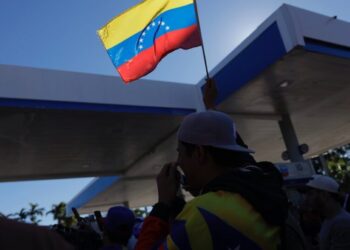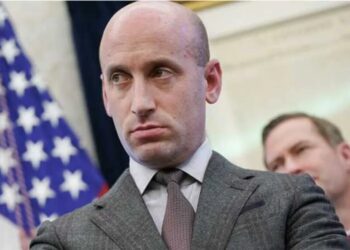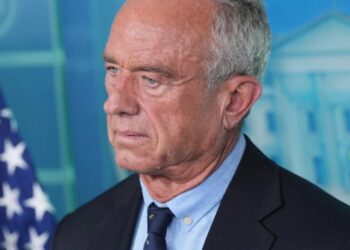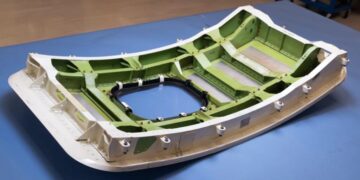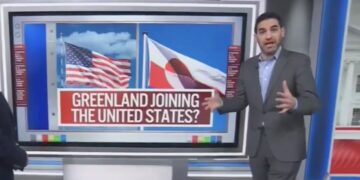Nick Reiner appears at arraignment on charges of killing his parents
LOS ANGELES — Nick Reiner is expected to enter a plea Wednesday for two first-degree murder charges he’s facing in...
Robot vacuum sprouts legs to tackle cleaning the stairs
Roborock, a Chinese robotic vacuum cleaner brand, unveiled a concept device with two legs that can climb stairs in people’s...
Hundreds of Lawyers Are Spending Their Days Redacting the Epstein Files
Nearly two-thirds of the lawyers in the U.S. attorney’s office in Manhattan are spending all or most of their work...
Wix says US employees ‘will remain hybrid’ as the Israel-based company announces 5-day office return
Wix purchased its downtown Manhattan office space in December 2019 Wix.comWix announced an office return for staff in Israel, Poland,...
Inside ‘Boys Go to Jupiter,’ the Charmingly Oddball Animated Epic With ‘Egg Song’
Of all the animated movies released this past year, there was really nothing like “Boys Go to Jupiter.” Written and...
Federal agents involved in Minneapolis shooting amid massive ICE crackdown
Federal agents in Minneapolis were involved in a shooting on a residential street, as dozens of protesters shouted anti-ICE slogans...
Trump may regret bypassing Congress on Venezuela
With his decapitation strike against the Venezuelan government, President Donald Trump is betting against two ideas that have often guided...
Oil Firms Say Venezuela Owes Them Billions, Complicating Trump’s Plan
Western oil companies have been fighting to recoup tens of billions of dollars that they say Venezuela owes them —...
‘The View’ Audience Member Loudly Laughs at Marjorie Taylor Greene’s Claim She’d ‘Never Seen Trump Supporters Be Violent’ Before Jan. 6
When violence broke out at the U.S. Capitol on January 6, 2021, then-Congresswoman Marjorie Taylor Greene was quick to blame...
South Florida Takes Center Stage in U.S. Politics After Maduro’s Capture
South Florida is suddenly just where its Republican politicians have always wanted it to be: at the center of the...
